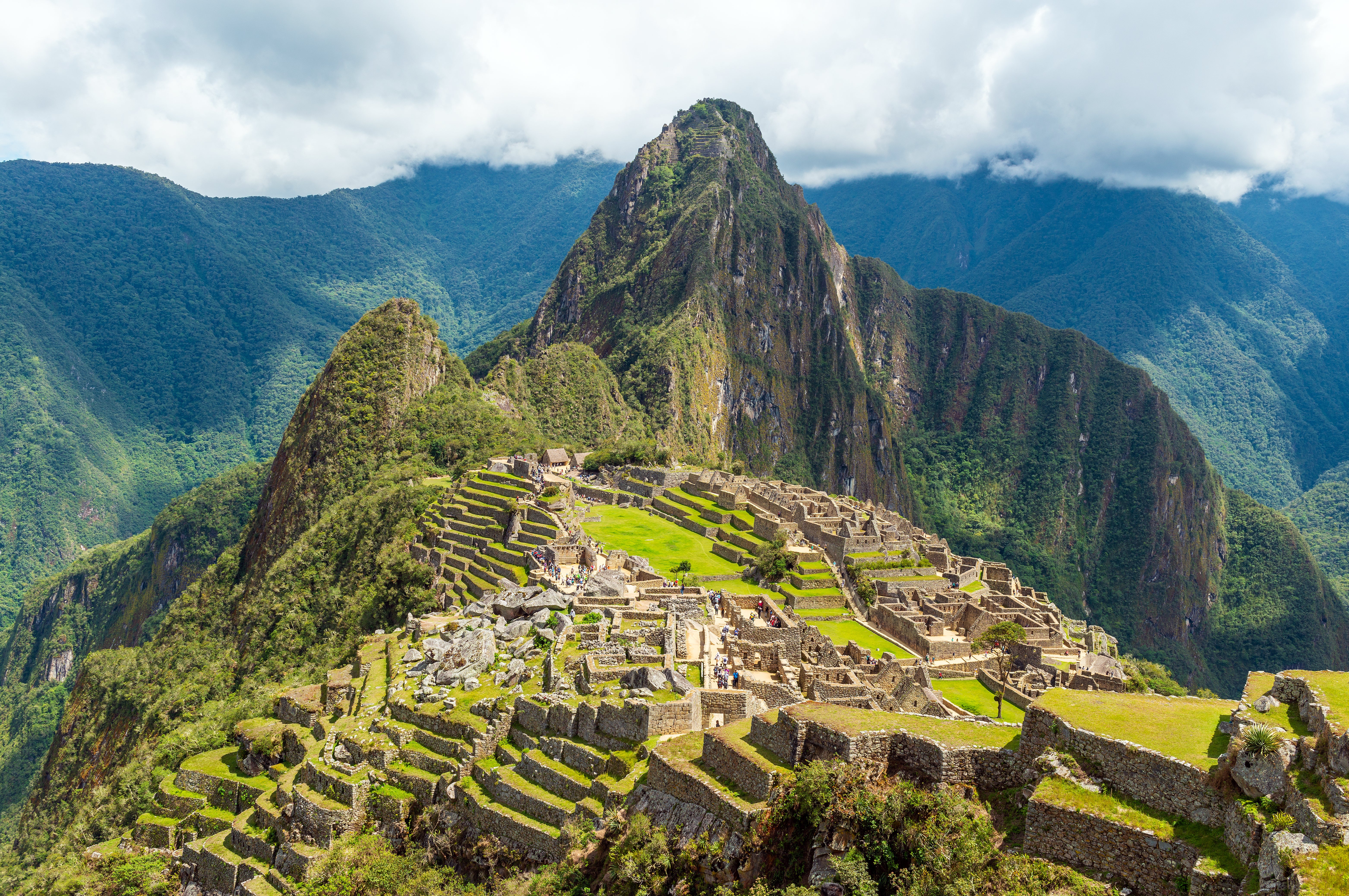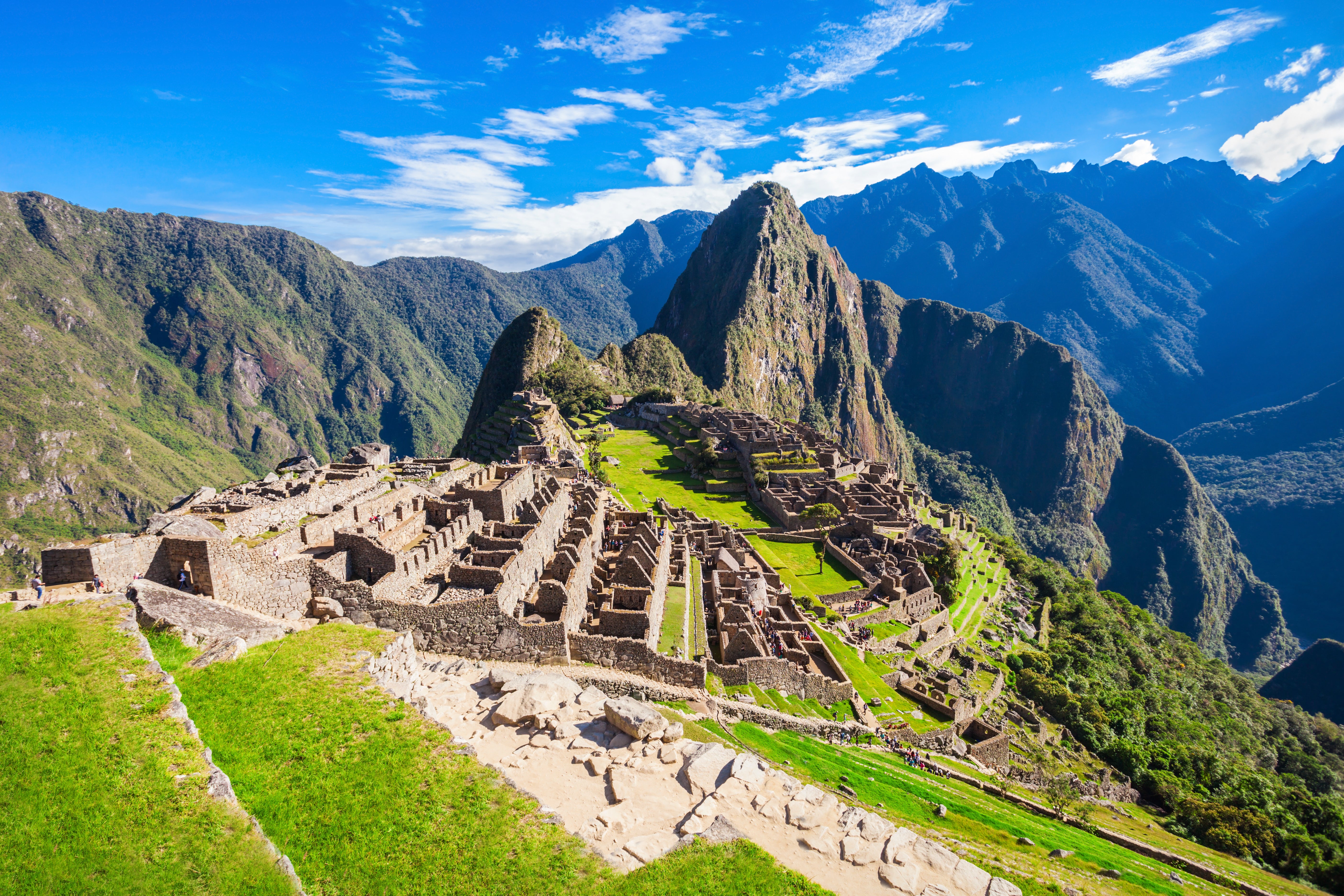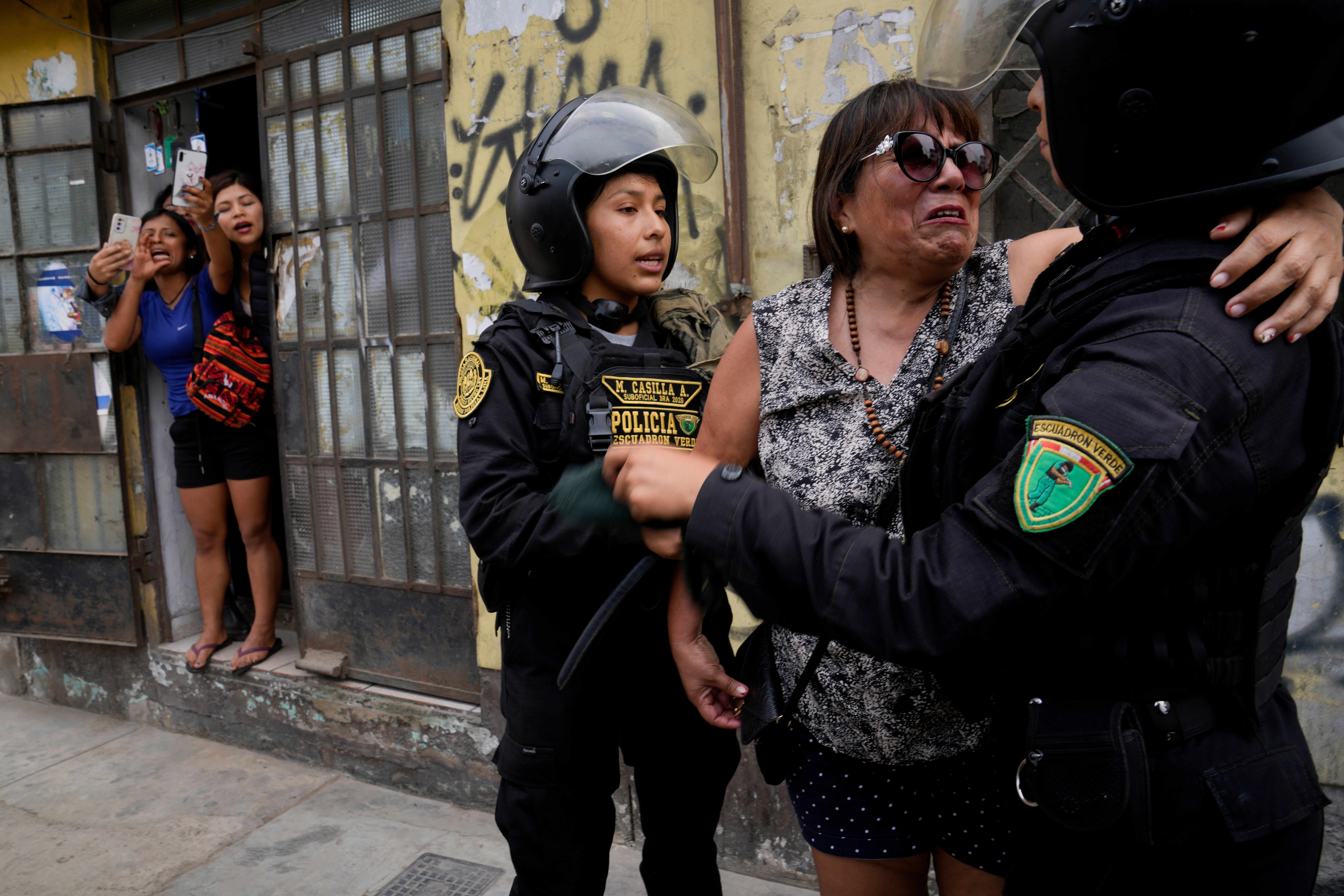Machu Picchu closed indefinitely amid deadly protests in Peru
Over 400 tourists are stuck with no way out

Your support helps us to tell the story
From reproductive rights to climate change to Big Tech, The Independent is on the ground when the story is developing. Whether it's investigating the financials of Elon Musk's pro-Trump PAC or producing our latest documentary, 'The A Word', which shines a light on the American women fighting for reproductive rights, we know how important it is to parse out the facts from the messaging.
At such a critical moment in US history, we need reporters on the ground. Your donation allows us to keep sending journalists to speak to both sides of the story.
The Independent is trusted by Americans across the entire political spectrum. And unlike many other quality news outlets, we choose not to lock Americans out of our reporting and analysis with paywalls. We believe quality journalism should be available to everyone, paid for by those who can afford it.
Your support makes all the difference.Hundreds of tourists have been left stranded in Machu Picchu following protests in Peru.
Unrest sparked by dissent over the country’s new president has resulted in dozens of deaths this week.
The government closed the famous site in the Andes mountains and the Inca Trail hike leading to it to protect tourists and the general population.
There are 417 tourists stuck in Machu Picchu who can’t get out, more than 300 of whom are foreigners, Luis Fernando Helguero, the tourism minister, said at a news conference.
Some of the tourists stranded in Machu Picchu have chosen to leave by walking to Piscacucho, the nearest village, “but that involves a walk of six, seven hours or more and only a few people are able to do it,” Mr Helguero said.
The train service to Machu Picchu has been closed since Thursday due to damage to the tracks.
The 15th century citadel is one of the seven wonders of the world and has around one million visitors every year.

This is not the first time that tourists have been stranded in Machu Picchu, as last month authorities had to rescue hundreds of tourists nearby who had been stuck for several days.
Protests, which until recently had been concentrated in the country’s south, began last month shortly after President Pedro Castillo, Peru’s first leader with a rural Andean background, was impeached and imprisoned after he tried to dissolve Congress.

More than 55 people have died in the ensuing unrest.
The latest death happened Friday night, when a protester was killed and at least nine others injured in clashes with police in the southern Puno region.
Demonstrators are demanding the resignation of Boluarte, the former vice president sworn into office on 7 December to replace Castillo.
They also want Congress dissolved and new elections held. Castillo is currently detained on charges of rebellion.



Join our commenting forum
Join thought-provoking conversations, follow other Independent readers and see their replies
0Comments